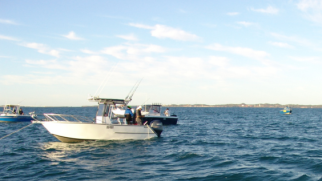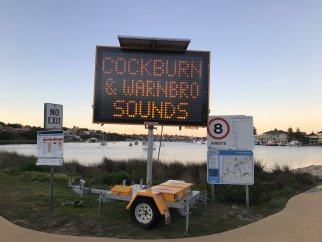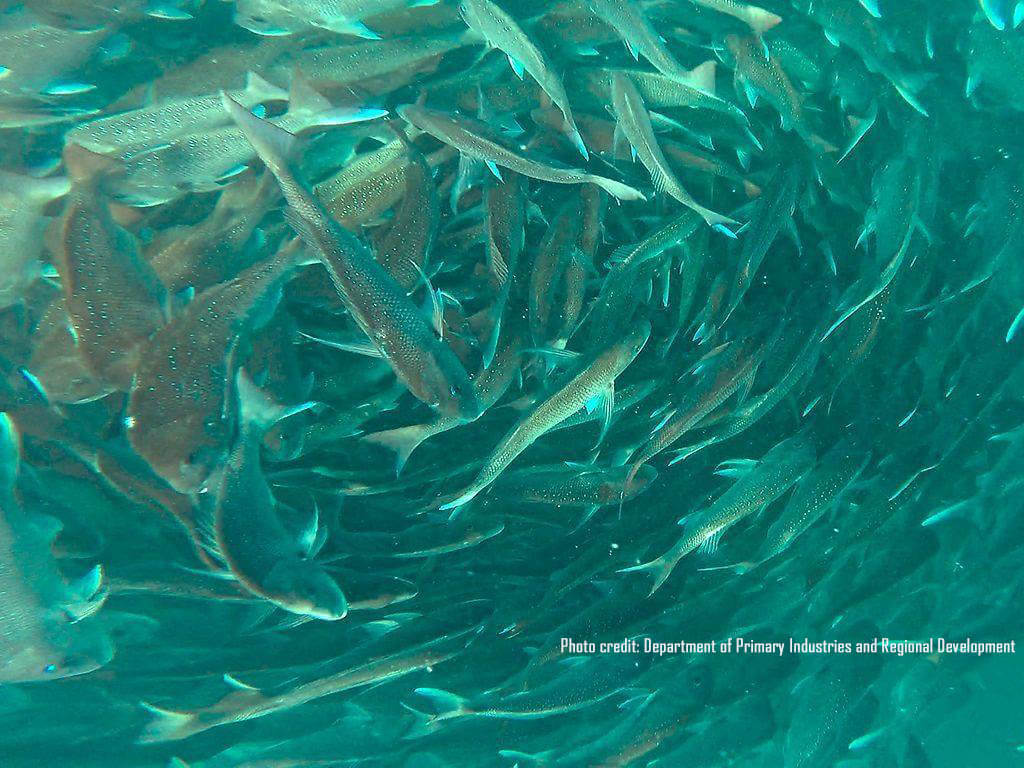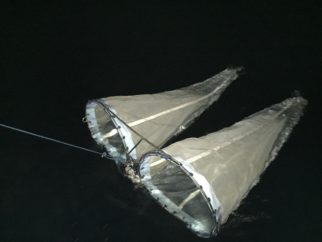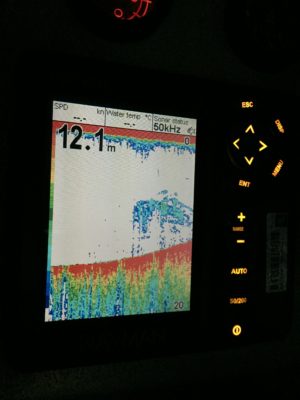If you were a betting person, you’d bet your Stella on Cockburn Sound being in the top two metro fishing locations – and for good reason.
Cockburn Sound is a safe, accessible place that has provided great fishing for generations. Its seagrass meadows support a huge range of species and provide important nursery habitats for many of our favourite fish. The unique hydrodynamics of the Sound also support the biggest spawning aggregations of pink snapper in the West Coast Bioregion. There aren’t many places in the world that have all this on the doorstep of their capital city.
However, a shadow looms large over the future of the Sound with a glut of industrial developments planned. The biggest of these, of course, is the Government’s Westport plan to build an international container port in Kwinana by 2032 to replace Fremantle port.
To date, the knowledge gaps on how the Westport development will impact the environment are big enough to drive a fleet of mega-tankers through. Questions about how the significant dredging required or how ships the length of Optus stadium’s oval will impact on Cockburn Sound’s unique aquatic habitat remain unanswered.
So, what do we know about the development at this stage?
What exactly is being proposed for the new port in Cockburn Sound?
The Government wants to build a new container port adjacent to Anketell Road which will also require a new 18-metre-deep shipping channel that will run through the heart of the Sound. The map below provided by Westport shows a basic outline of what is proposed. The map says ‘Indicative only’ because Westport is still trying to answer questions about what environmental impact the port will have so they can present a business case to the WA Government in 2024. This business case will include a recommended port design.
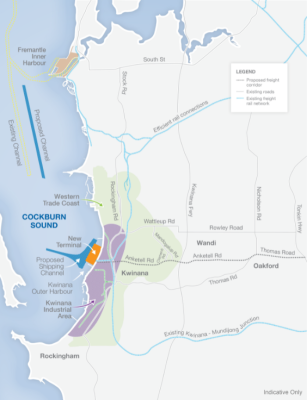
How will this impact on the Sound’s habitat and my fishing?
At this stage, it is impossible to say and therein lies a big problem.
Incredibly, the environmental impact a new harbour would have on Cockburn Sound was unknown when the Westport Taskforce recommended a new port be built in Cockburn Sound. Recfishwest met with both the then Ports and Fisheries Ministers to raise our concerns and, subsequently, the Government committed $14 million to undertake a science program designed to answer some of the questions Westport had chosen not to answer before making their recommendation.
These questions include what impact will dredging millions of tons of sand have on the marine environment. Managed inadequately, this dredging has the potential to smother the remaining seagrass which has already declined by nearly 80 per cent since the 1960s. Initiatives like Seeds for Snapper run by Ozfish and supported by Recfishwest are attempting to restore lost seagrass habitat, but there are fears these efforts could be for nothing given the scale and duration of the dredging planned for the Westport development.
Westport itself acknowledges this is a big issue that will need to be addressed:
“Marine fauna in Cockburn Sound may be affected through impacts such as habitat loss associated with excavation and reclamation, dredging-related turbidity, and increased vessel movements. Certain fauna may be more vulnerable to different pressures at different stages of their life cycles, such as the larval stage. Further, impacts on fauna that form integral parts of the wider ecosystem and food web (such as forage fish eaten by numerous predators) can result in larger ecological consequences.” – Westport Future Port Recommendations May 2020.
The science program, as well as the mitigation strategy Westport has committed to, must address key issues such as this.
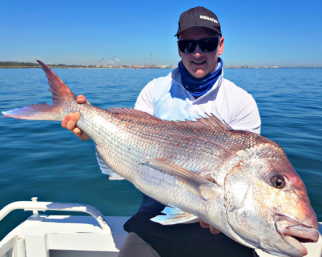
What is the science program going to tell us? How can we be sure the results are going to be genuine?
The Cockburn Sound science program involves more than 100 scientists working across 30 projects, looking at ecosystem modelling, water and sediment quality, fisheries and aquatic resources, hydrodynamic modelling, social values, noise and impacts on apex predators and iconic species.
Westport claims information collected through the science program will contribute to its business case, as well as inform its mitigation strategy and environmental impact assessment.
Recfishwest will be closely scrutinising the science program’s results, to ensure they stack up, are made publicly available and adequately inform the port design. There is already a question mark, however, over how some of these projects will do this given they are due to finish after the port design has been finalised.
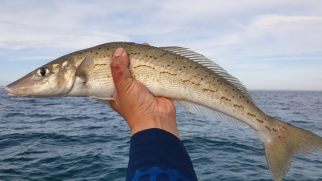
What is the process and timeline for the completion of this development?
So far there is little publicly available information on timelines for the project which is disappointing given the size, scale and importance of the project to the WA tax-paying public. We were able to get the following response from Westport on this:
- The preferred option for the container terminal and supply chain later will be identified later this year.
- The Westport business case will be provided to the WA Government in mid-2024 and will outline when the new port and logistics network should be developed and how the transition of container trade to Kwinana will work.
- The final science projects are timetabled to conclude by June 2024, however, the referral to the EPA is scheduled to be ready for submission in late 2023.
- The Public Environmental Review (PER), when members of the public have the opportunity to comment on the proposals, is due in March 2025.
- If given the green light, dredging is due to start in November 2027 with the port operational by 2032.

What other potential projects are in the pipeline for Cockburn Sound?
- Port Rockingham Marina
- CBH Kwinana Fertiliser project
- Henderson large vessel dry dock
- AUKUS submarine base
- Another desalination plant
- CIVMEC submarine rescue facility
The cumulative impact on the Cockburn Sound environment of these developments could result in “death by a thousand cuts” with each individual development doing their bit to result in significant long-term damage. This is why simply using the current environmental state of Cockburn Sound as a benchmark for future developments is not appropriate.
Cockburn Sound is a recovering ecosystem, after decades of industrialisation, we are only now starting to see the environment of the Sound improve and we need to ensure any developments do not jeopardise this recovery.
Is there anything we can do to have any influence on the final outcome?
As a community we need to ask ourselves what do we want for the future of Cockburn Sound? A heavily industrialised aquatic wasteland or a healing, flourishing marine environment that can continue to support fantastic, safe, accessible and family friendly fishing?
Westport will no doubt claim we can have both, however, history suggests otherwise. With a continuing lack of information coming from Westport, it is important you tune into Recfishwest channels and keep yourself informed, so when the time comes to submit your views as part of the Public Environmental Review process, you are able to do so in an informed manner.
Consider joining our cast of thousands as a Recfishwest member to help strengthen our ability to advocate in the interests of WA fishers on this and a multitude of other issues that impact on our treasured fishing.
